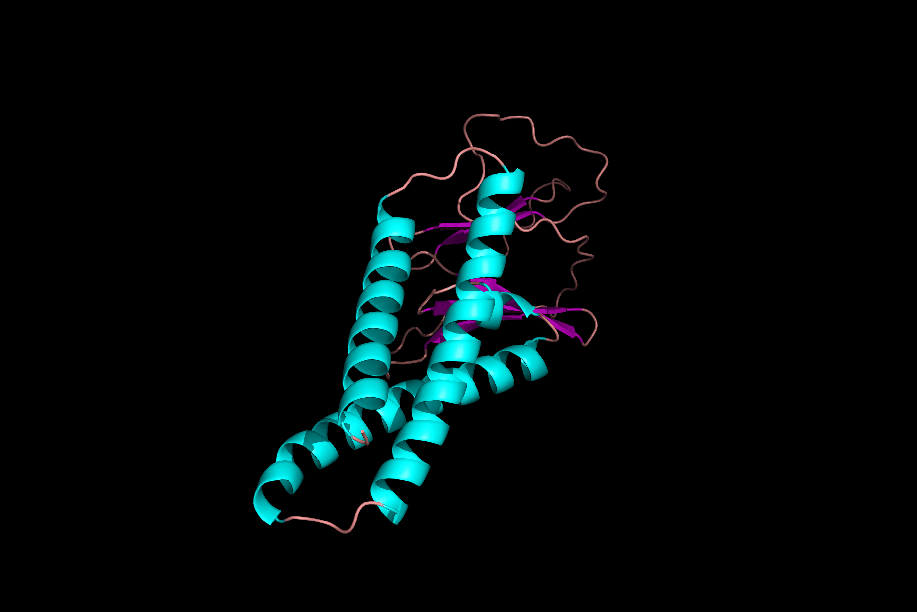Just as the turmoil of 2020 was coming to a wrap, a scientific breakthrough came about. On November 30th AlphaFold, coming out of Google’s DeepMind, claimed to have solved the protein folding problem using artificial intelligence.
The Problem
From making our DNA to getting rid of waste, proteins are like small machines that perform the majority of work done in cells. In fact, within our bodies there are an estimated 80,000 to 400,000 unique proteins each playing their own role. And, just like the way a building is built determines its use, a protein’s structure decides what tasks it performs. Yet, although it is easy to distinguish an apartment from an office, according to UCONN Health, it can take scientists between a few weeks to a few months to piece together what a protein looks like.
The Game Changer
This is where AlphaFold sneaks in. Although, as seen in the video above, the task was not easy, AlphaFold chose a different approach to this problem: artificial intelligence.
Nowadays, the word artificial intelligence pops-up everywhere from self-driving cars to artificial voices, but what is most important is how it works and how it can be applied to the protein folding problem.

General scheme for developing an artificial intelligence model.
For the computer it all starts with data. As seen in the diagram above, once given data the computer looks for patterns between points. These patterns can then be used to make predictions on new data. Before in their final structure, proteins begin as a simple string of amino acids, or the building blocks of proteins. Given a dataset with the original string paired with the protein in its final form, the computer looks for patterns between the two. Using these patterns it can then predict what a protein might look like from just its string.
The Importance

Just one of the many protein folding predictions generated by AlphaFold’s model.
To the left you can see one prediction Alpha Fold’s model created. In comparison to the time it takes in the lab, this model is able to make a prediction in a mere half an hour with 90% accuracy according to their statement. In fact, it has already helped a biologist named Andrei Lupis with piecing together a protein his team has been stuck on for a decade. In an interview with Nature, Lupis even said:
This is a game changer, this will change medicine. It will change research. It will change bioengineering. It will change everything.
With this new break-through, not only will scientists save time and money by not having to experimentally determine a protein’s structure, but research will accelerate at a pace never seen before.
Beyond AlphaFold
While AlphaFold may be a hot-topic, beyond protein folding AI has also been used for a variety of tasks including interpreting MRI images or even predicting climate change. The applications seem to be limitless so make sure to keep an eye out, the next breakthrough could be coming up just around the corner!
Jessica Petrochuk
